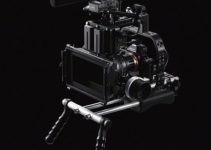Canon is doing a lot of things right with their launch of APS-C cameras for the RF mirrorless system. The EOS R7 and R10 are both very capable, and the ability to use any of Canon’s existing lenses is a good start. Plus, they have been launching some affordable lenses for the system.
If you are planning on picking up one of Canon’s APS-C options you are probably curious about which lenses you should go with. Or even which lenses to adapt. For that there is a great roundup by filmmaker Josh Sattin that goes over everything from compact primes to telephoto zooms and everything in between.
To keep the prices reasonable, Josh is targeting a goal of being under $1,000. Some do push above that figure, but with them often being available used you can likely find it for a good deal.
This video is also focusing on autofocus-capable lenses, so no manual glass here. And, Canon’s APS-C crop is 1.6x and that is your multiplier to get the full-frame equivalent focal length.
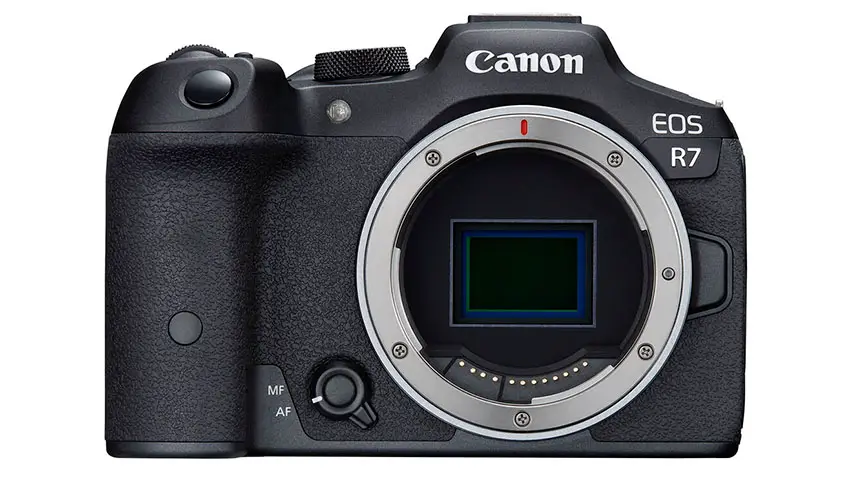
Image Credit: Canon
Make sure you think out your decision before diving in. It makes a lot of sense to spend more to get better lenses and even getting full-frame glass since lenses will likely last you for multiple camera bodies.
A good place to start looking for RF-mount cameras is EF-mount glass. You can find very good lenses for very good prices and the modern EF-to-RF adapters are excellent.
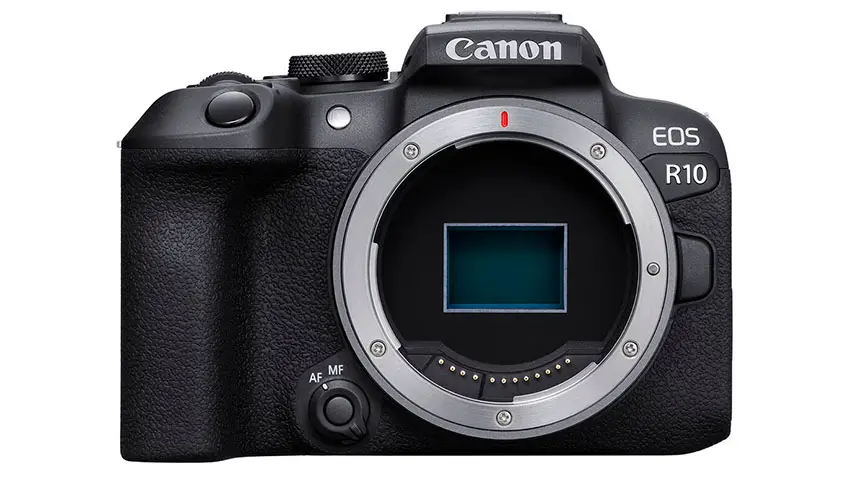
Image Credit: Canon
If you want to expand your camera’s functionality the adapters can come with integrated filter systems or even be a speedbooster. Canon and Viltrox make some speedboosters and they will allow you to retain full-frame look on the crop-sensor bodies.
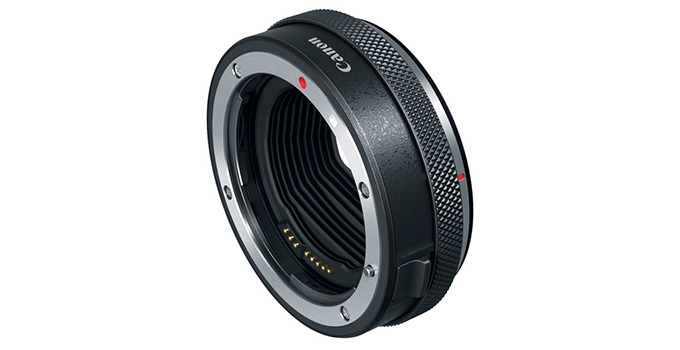
Image Credit: Canon
RF-S Lenses
Might as well start with Canon’s native APS-C mirrorless glass. There are only two:
These are your basic kit lenses. If you want to pick one up with your R7 or R10 they are decent and will provide good all-purpose options. Good to start, but the rest of the lineup will serve you better.
Affordable Primes
Canon has done good with fleshing out a lineup of affordable primes. They are all full-frame, but that means they will do just fine on APS-C and are going to be good to have if you upgrade to a full-frame camera later on.
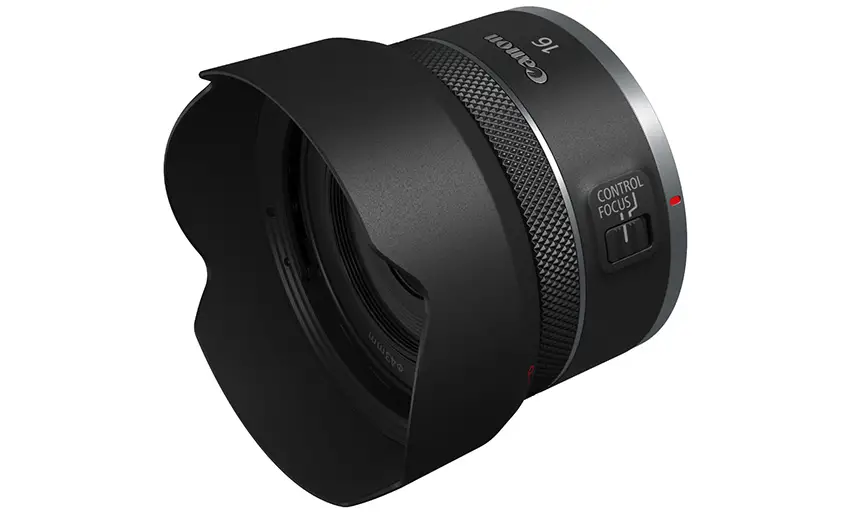
Image Credit: Canon
We have the following:
Pick your poison here. the 16mm and 24mm might be preferred when working with the crop factor and the 35mm is going to serve as a 50mm equivalent. The 50mm is cheap and something good to have on hand for portraits. Then, the 85mm is going to be a bit more specialized and give you a good tele look.
Wide Zoom Lenses
Working with the APS-C crop you’ll want something decently wide to serve as an everyday lens. There isn’t all that much here unfortunately:
- EF-S 10-18mm (Adapted)
- Tokina 11-20mm f/2.8 (Adapted)
- EF 16-35mm f/4L (Adapted/Speedbooster)
- RF 15-30mm f/4.5-6.3
Going EF-S will get you a good APS-C specific range and it’ll adapt very well. Tokina will provide you that constant f/2.8 aperture and is something for which the brand is well known for executing well.
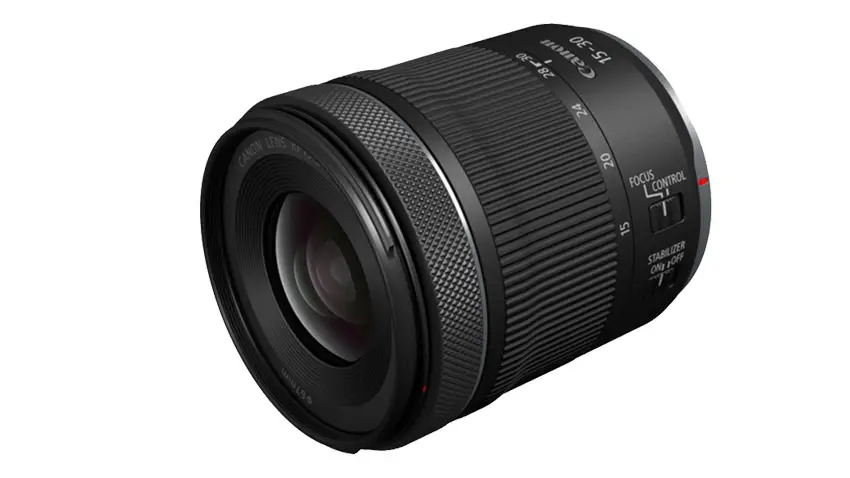
Image Credit: Canon
If you have a speedbooster adapter then going with the EF 16-35mm f/4L will be a great pick. It is bigger and heavier.
Canon did make a more affordable RF wide-angle zoom in the 15-30mm f/4.5-6.3. This should do well for a native mount it just isn’t that wide.
Mid-Range Zoom Lenses
When you are getting to mid-range zooms the options open up a bit:
- Sigma 18-35mm f/1.8 (Adapted)
- RF 24-105mm f/4 L
- RF 24-105mm f/4-7.1
- EF 24-105mm f/4 L IS II (Adapted)
A classic now is the Sigma 18-35mm f/1.8 since it is so fast for being a zoom. You’ll have to adapt it though.
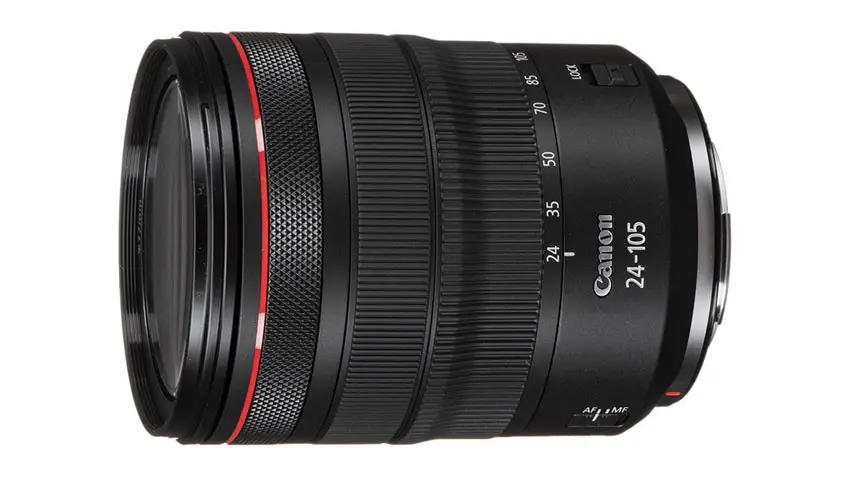
Image Credit: Canon
For more range the Canon RF 24-105mm f/4 L or the slightly more affordable 24-105mm f/4-7.1. For more affordable you can go with the EF version of the 24-105mm f/4.
Looking for a classic 24-70mm f/2.8? There are a few options:
- Sigma 24-70mm f/2.8 Art (Adapted)
- EF 24-70mm f/2.8 L II (Adapted)
These are the more affordable 24-70mm picks and they will need an adapter.
Telephoto Zoom Lenses
You can go short or long with your telephoto zooms and going long is a lot more fun:
You can go with an EF 70-200mm for very affordable if you can find one used. Or, the native 100-400mm f/5.6-8 is a great option.
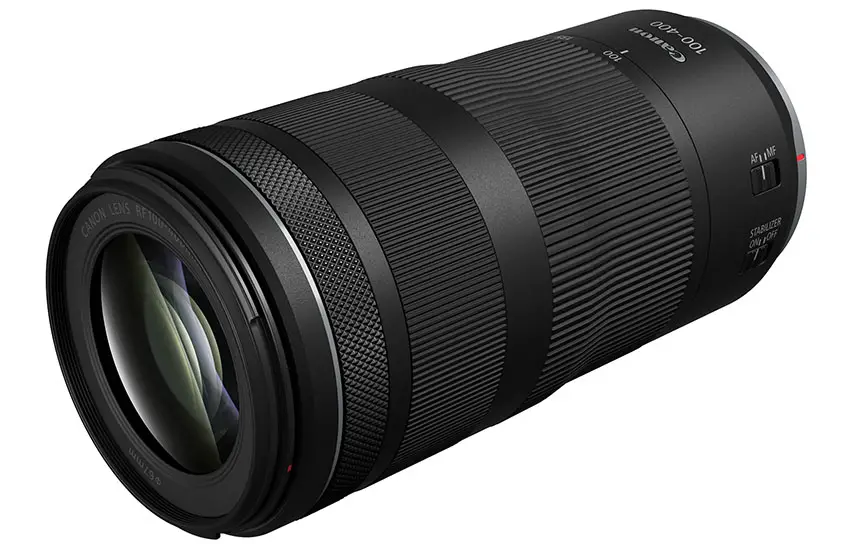
Image Credit: Canon
An interesting lens is the 600mm f/11, which will give you astounding range while staying lightweight and affordable.
That’s a lot of glass to sort through. Do you have any favorites for your R-series camera?
[source: Josh Sattin]
Order Links:
- Canon EOS R7 Mirrorless Camera (B&H, Amazon)
- Canon EOS R10 Mirrorless Camera (B&H, Amazon)
- Canon RF-S 18-150mm f/3.5-6.3 IS STM Lens (B&H, Amazon)
- Canon RF-S 18-45mm f/4.5-6.3 IS STM Lens (B&H, Amazon)
- Canon RF 16mm f/2.8 STM Lens (B&H, Amazon)
- Canon RF 24mm f/1.8 Macro IS STM Lens (B&H)
- Canon RF 35mm f/1.8 Macro IS STM Lens (B&H, Amazon)
- Canon RF 50mm f/1.8 STM Lens (B&H, Amazon)
- Canon RF 85mm f/2 Macro IS STM Lens (B&H, Amazon)
- Canon RF 15-30mm f/4.5-6.3 IS STM Lens (B&H, Amazon)
- Canon EF-S 10-18mm f/4.5-5.6 IS STM Lens (B&H, Amazon)
- Canon EF 16-35mm f/4L IS USM Lens (B&H, Amazon)
- Tokina atx-i 11-20mm f/2.8 CF Lens (B&H, Amazon)
- Canon RF 24-105mm f/4 L IS USM Lens (B&H, Amazon)
- Canon EF 24-105mm f/4L IS II USM Lens (B&H, Amazon)
- Sigma 18-35mm f/1.8 DC HSM Art Lens (B&H, Amazon)
- Sigma 24-70mm f/2.8 DG OS HSM Art Lens (B&H, Amazon)
- Canon RF 24-105mm f/4-7.1 IS STM Lens (B&H, Amazon)
- Canon EF 24-70mm f/2.8L II USM Lens (B&H, Amazon)
- Canon RF 100-400mm f/5.6-8 IS USM Lens (B&H, Amazon)
- Canon RF 600mm f/11 IS STM Lens (B&H, Amazon)
- Canon EF 70-200mm f/4L IS USM Lens (Amazon)
- Canon Mount Adapter EF-EOS R (B&H, Amazon)
- Canon Mount Adapter EF-EOS R 0.71x (B&H, Amazon)
- Meike Drop-In Filter Mount Adapter EF to EOS-R with Variable ND Filter (B&H, Amazon)
- Viltrox EF-R3 0.71x Speedbooster Mount Adapter (Amazon)
Disclaimer: As an Amazon Associate partner and participant in B&H and Adorama Affiliate programmes, we earn a small comission from each purchase made through the affiliate links listed above at no additional cost to you.



